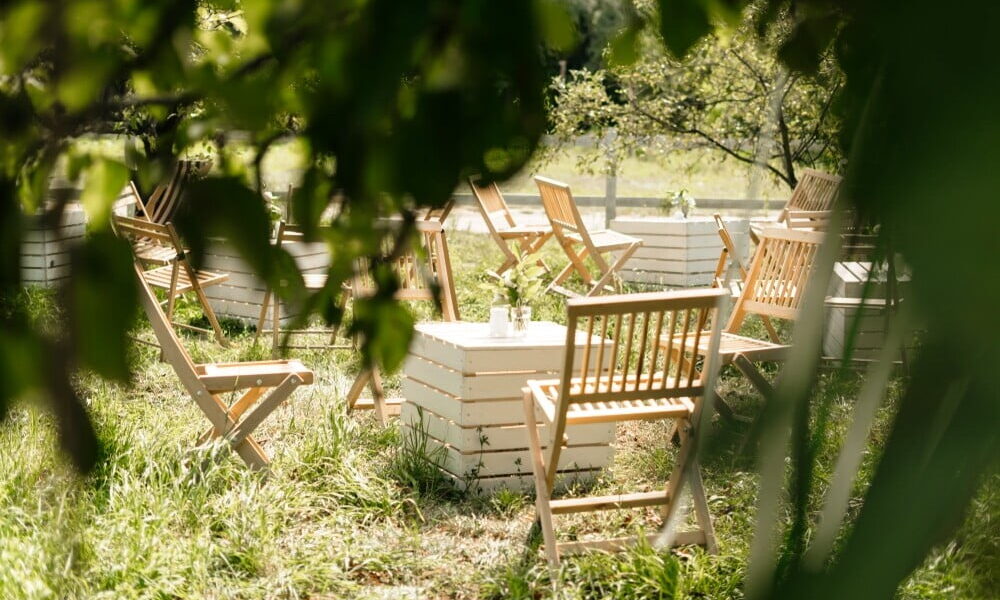When spring is in the air, running outside and getting dirty in the garden is tempting. Maintain this enthusiasm, but be sure to wait for the optimal time to start preparing the soil for the garden. First, make sure you are safe from any chance of frost. Second, wait until the soil dries out a bit so that it has the best consistency for plant roots.
Too wet or dry?
There is a simple test to check soil moisture levels. Hold a large handful tightly in your fist. Open your palm and then press the ball with your other hand. If it doesn’t crumble, then it’s still too wet. If it turns to powder, it is too dry.
While waiting for the perfect texture, this is an excellent opportunity to grab a bag of soil to try it out. Some greenhouses and several agricultural cooperative extensions offer this service at reasonable prices. Each growing season affects the soil differently, often removing vital nutrients. You’ll want to know what adjustments you must make before placing seeds and seedlings.
Basic fertilization tips
If this step proves impossible, add about an inch of fresh loam and 2-3 inches of compost to the soil. Work the soil well by evenly mixing your chosen organic materials and fertilizers. The step is essential. It prevents impact on the soil, which prevents healthy root growth, an ideal time to harvest, remove pesky weed roots, and toss them in a suitable container so they don’t accidentally fall back into the ground.
Sewerage
When you dig, look for places where water accumulates. In these places, you can add a few small stones below the planned root line or drainage ditch. And hey, don’t throw away the worms you dig up: they’re great helpers in preparing your garden soil, keeping it loose and well aerated.
Ground
Undoubtedly, good soil plays a key role in healthy gardens. It means that your gardening efforts do make a difference. Loose loam allows your vegetables to gather the nutrients they need to grow and produce productively. Read this article and get a cool way to improve your garden soil.
Irrigation
After properly preparing the soil and planting the seeds, water gently. You don’t want to soak the soil. A slow, even shower gives water time to move evenly through the soil and reduces the chance of it pooling below the surface, where it can damage roots.
Conclusion
Be patient with yourself. With time and practice, you will begin recognizing the signs of good soil versus soil that needs supplementation. You will also be able to see the results in your greens easily.

